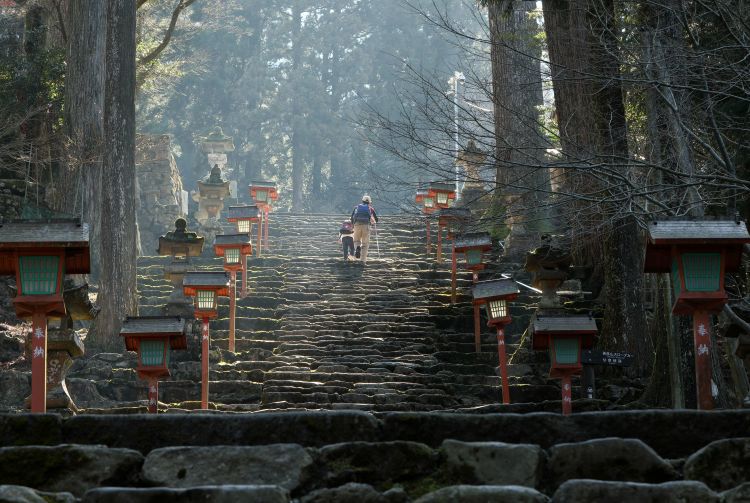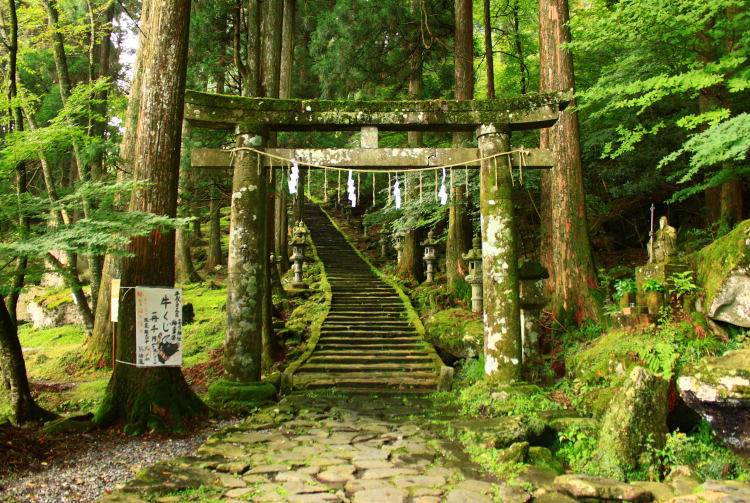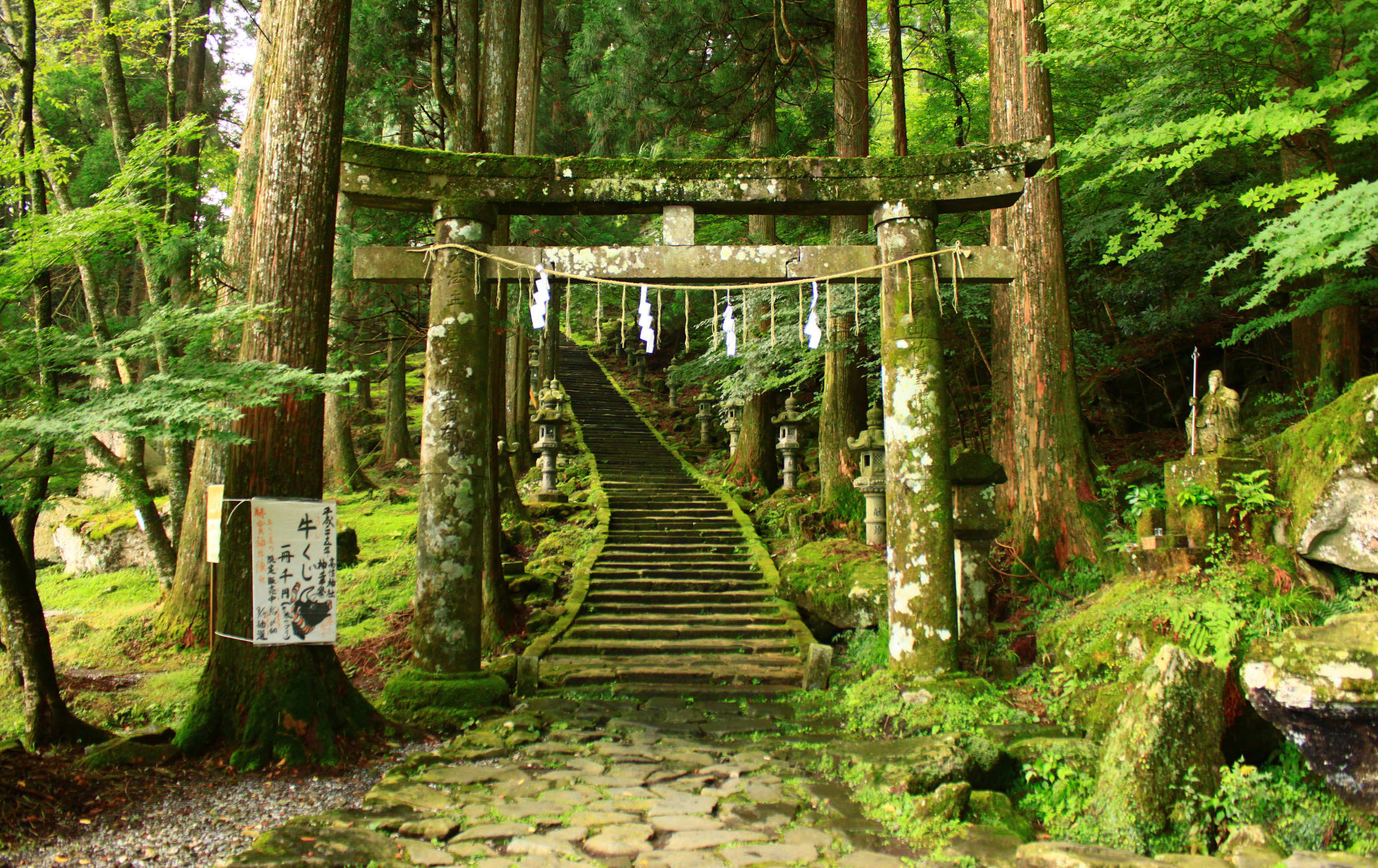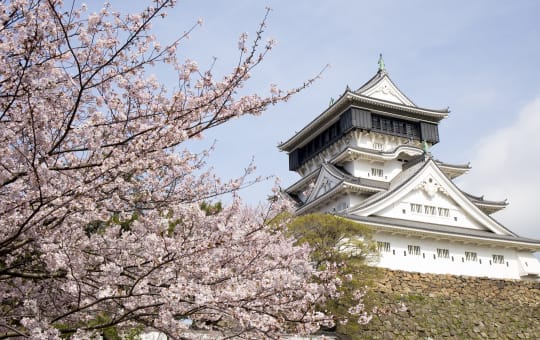Challenging hike into spirituality where shrines and temples coexist
Mt. Hiko is one of Kyushu's most enjoyable scenic hikes, with a history that intertwines with the Shugendo sect of Buddhism. Just over an hour's drive from Fukuoka City , Mt. Hiko is one of the best opportunities to challenge your legs. The longest hike is 17 kilometers and takes five to seven hours.
Don't Miss
- The autumn leaves: Mt. Hiko is a great hike year-round but truly comes to life during autumn, when the changing leaves transform the landscape
- The shrines: Mt. Hiko was the center of training for the Shugendo sect of Buddhism, and the mountain is notable for its collection of temples and shrines
How to Get There
Mt. Hiko is most easily accessed by car, though it can be reached via public transport.
The Hitahikosan Line connects Hikosan Station and Kokura Station, but due to heavy rain part of the line is closed and passengers are required to take a bus from Soeda Station. The ride takes a little under two hours and requires at least two changes. Local buses run from Hikosan Station to Hikosan Bessho at the base of the mountain.
High peaks
The hiking route around the mountain starts at Hikosan Bessho, from which you ascend an ancient stone staircase to reach Hohei-den, a shrine and an Important Cultural Property built in the year 1616. From Hohei-den, you can take the stone staircase directly to the top, or follow that path around the mountain and over the mountain's three major peaks.

The highest of these peaks is Minami-dake, at 1,199 meters. The views from the top are excellent, and during autumn, the colors of the turning leaves are simply stunning; vivid hues of red, gold and purple add brilliance to the hike's panoramic viewpoints.
Shrines of grandeur
Mt. Hiko was the center of training for the Shugendo sect of Buddhism, known for its ascetic mountain training, and the mountain is notable for its collection of temples and shrines. Hohei-den, the largest of these and formerly a lecture hall, is the most majestic and can be enjoyed for its history and magnificent wood-shingle roof. More restrained in size but still impressive is Tamaya-jinja, which sits at the base of a cliff. Meanwhile, Daiminami-jinja is built in a cleft beneath an overhanging cliff.

Jogu-jinja Shrine sits atop Naka-dake, the mountain's middle peak, and is linked with the Hikosan-jinja, which is located at the bottom of the mountain. The final shrine on the main route is Takasumi-jinja, which is home to a bronze bull that hikers stroke for luck: the horns and nose are more polished than the rest of the body.
Trees as old as time
The forests of Mt. Hiko are ancient, and much of the forest has escaped the commercial cedar plantations that are found across Japan. One noteworthy tree is Onisugi, a huge cedar tree estimated to be around 1,200 years old.
On the way
In Soeda-machi, at the base of Mt. Hiko, is the Hikosan-jingu Hohei-den. It is said to have been first built in 740 and was home to Shugen-do Buddhists. The current structure dates from 1616. The Hohei-den is also the starting point for the Hikosan Jingu Shrine Gojinkosai Festival held every April.



























































